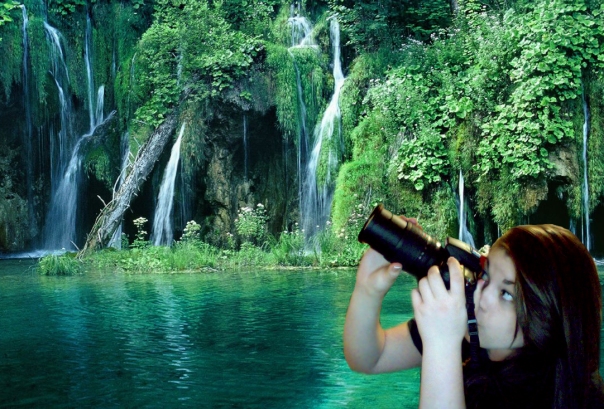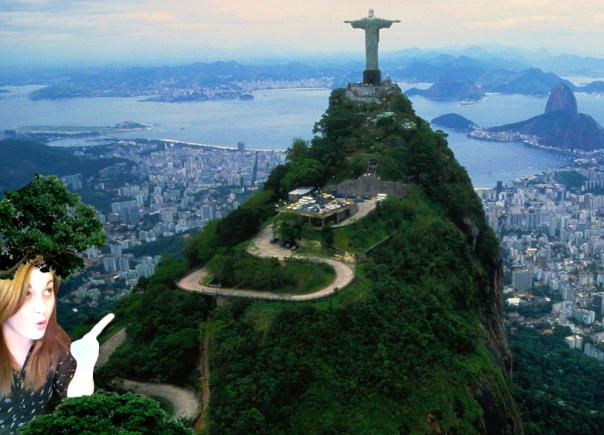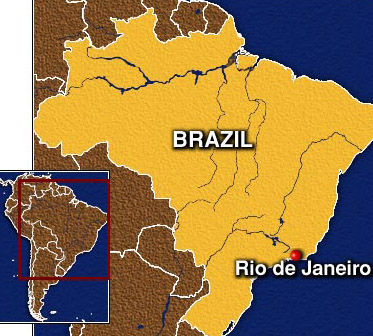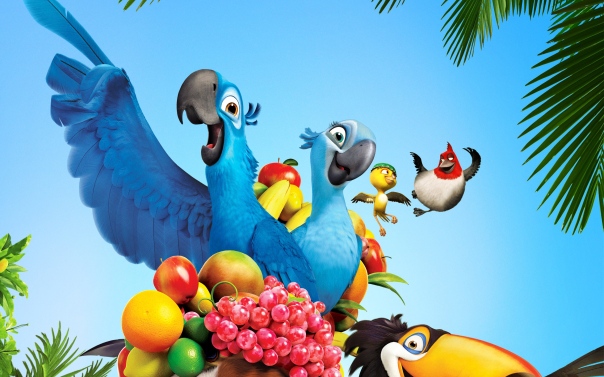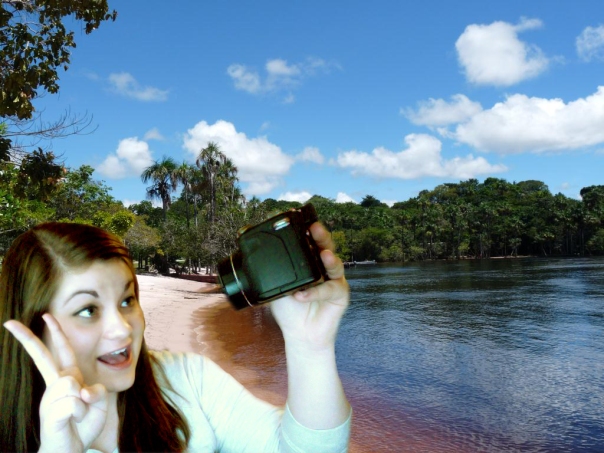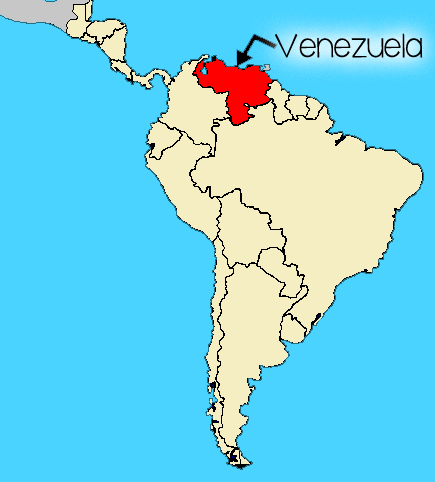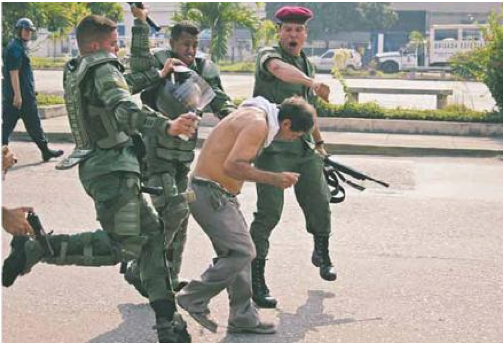Continent: Europe
Capital: Zagreb
Language: Croatian
Population: 4,284,889 (2011 census)
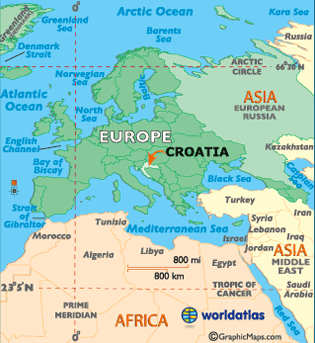 History: Croatia is a unitary democratic parliamentary republic at the crossroads of Central Europe, the Balkans, and the Mediterranean. Its capital and largest city is Zagreb. The country is divided into 20 counties and the city of Zagreb. Croatia covers 56,594 square kilometres (21,851 square miles) and has diverse, mostly continental and Mediterranean climates. Croatia’s Adriatic Sea coast contains more than a thousand islands. The country’s population is 4.28 million, most of whom are Croats, with the most common religious denomination being Roman Catholicism. The Croats arrived in the area of present-day Croatia during the early part of the 7th century. They organized the state into two duchies by the 9th century. Tomislav became the first king by 925 AD, elevating Croatia to the status of a kingdom. The Kingdom of Croatia retained its sovereignty for nearly two centuries, reaching its peak during the rule of Kings Peter Krešimir IV and Dmitar Zvonimir. Croatia entered a personal union with Hungary in 1102. In 1527, faced with Ottoman conquest the Croatian Parliament elected Ferdinand I of the House of Habsburg to the Croatian throne. In 1918, after World War I, Croatia was included in the short-lived State of Slovenes, Croats, and Serbs which seceded from Austria–Hungary and merged into the Kingdom of Yugoslavia. A fascist Croatian puppet state existed during World War II. After the war, Croatia became a founding member and a federal constituent of Second Yugoslavia, a socialist state. In June 1991, Croatia declared independence, which came into effect on 8 October of the same year. The Croatian War of Independence was fought successfully during the four years following the declaration.
History: Croatia is a unitary democratic parliamentary republic at the crossroads of Central Europe, the Balkans, and the Mediterranean. Its capital and largest city is Zagreb. The country is divided into 20 counties and the city of Zagreb. Croatia covers 56,594 square kilometres (21,851 square miles) and has diverse, mostly continental and Mediterranean climates. Croatia’s Adriatic Sea coast contains more than a thousand islands. The country’s population is 4.28 million, most of whom are Croats, with the most common religious denomination being Roman Catholicism. The Croats arrived in the area of present-day Croatia during the early part of the 7th century. They organized the state into two duchies by the 9th century. Tomislav became the first king by 925 AD, elevating Croatia to the status of a kingdom. The Kingdom of Croatia retained its sovereignty for nearly two centuries, reaching its peak during the rule of Kings Peter Krešimir IV and Dmitar Zvonimir. Croatia entered a personal union with Hungary in 1102. In 1527, faced with Ottoman conquest the Croatian Parliament elected Ferdinand I of the House of Habsburg to the Croatian throne. In 1918, after World War I, Croatia was included in the short-lived State of Slovenes, Croats, and Serbs which seceded from Austria–Hungary and merged into the Kingdom of Yugoslavia. A fascist Croatian puppet state existed during World War II. After the war, Croatia became a founding member and a federal constituent of Second Yugoslavia, a socialist state. In June 1991, Croatia declared independence, which came into effect on 8 October of the same year. The Croatian War of Independence was fought successfully during the four years following the declaration.
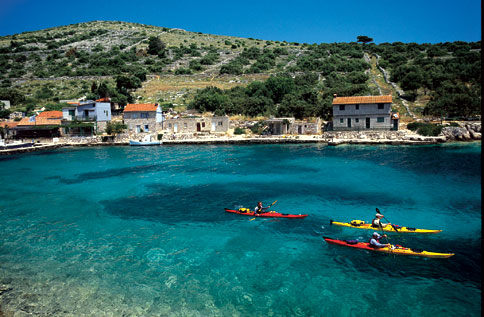 I became obsessed with the travel section of stumbleupon and would often find Croatia as a place to go visit. Located next to Italy in Europe, Croatia always showed up on beautiful photography, and amazing places to go visit. Viewing these pictures, it’s no wonder! The waterfalls look amazing and the Adriatic Sea looks beautiful. The climate seems mild and warm, and I want to just dive into these waters! Someday!
I became obsessed with the travel section of stumbleupon and would often find Croatia as a place to go visit. Located next to Italy in Europe, Croatia always showed up on beautiful photography, and amazing places to go visit. Viewing these pictures, it’s no wonder! The waterfalls look amazing and the Adriatic Sea looks beautiful. The climate seems mild and warm, and I want to just dive into these waters! Someday!
